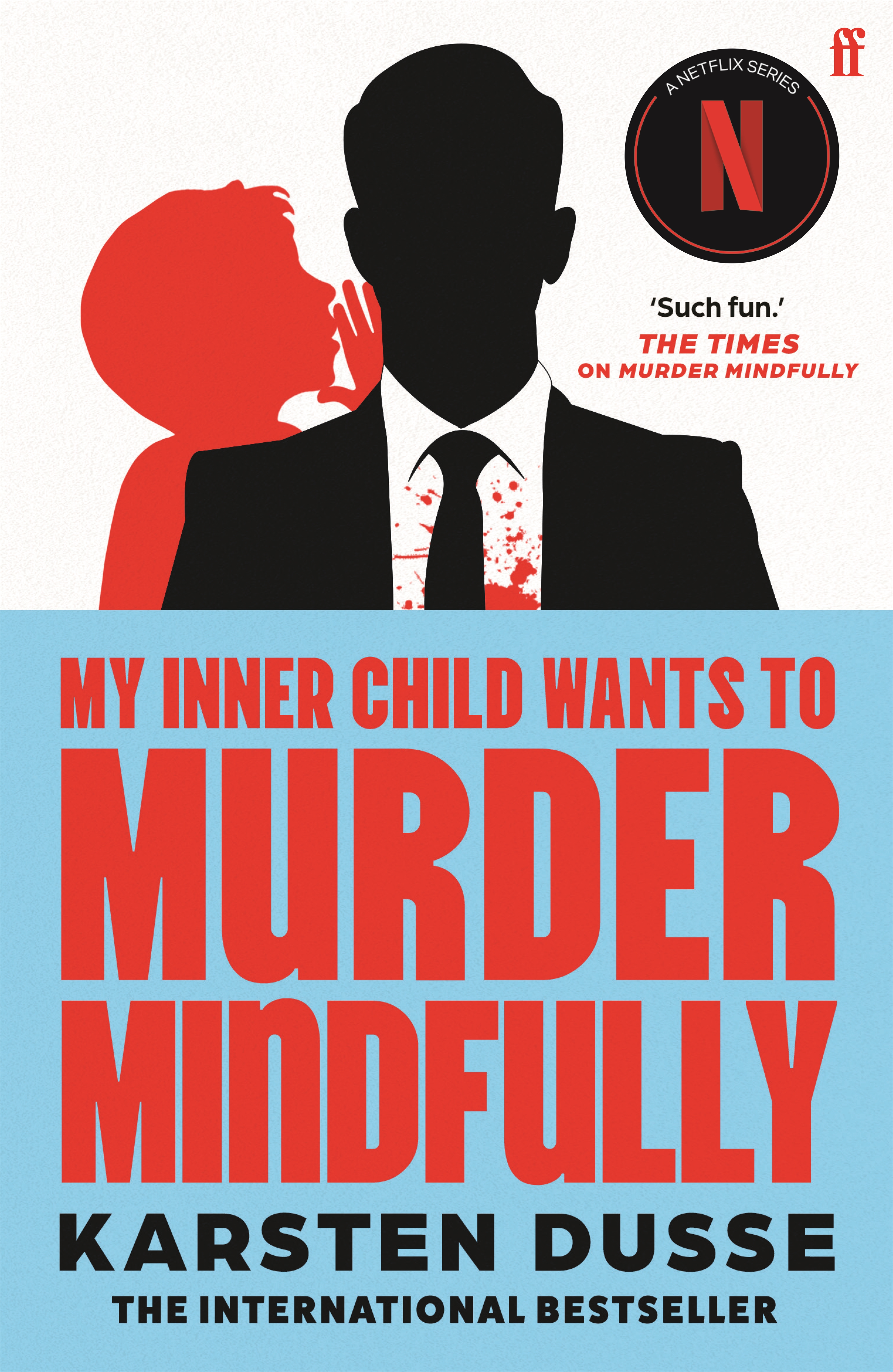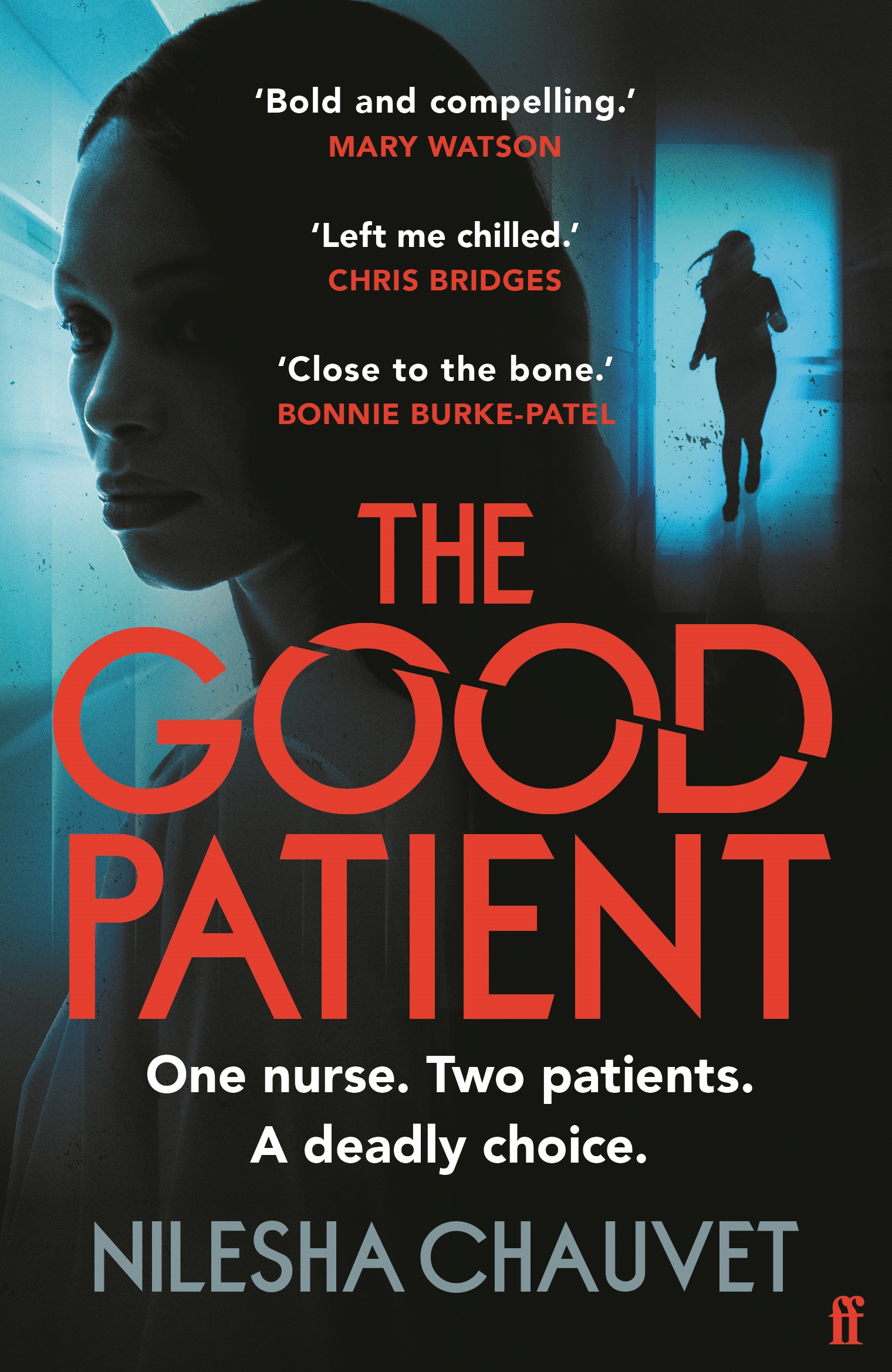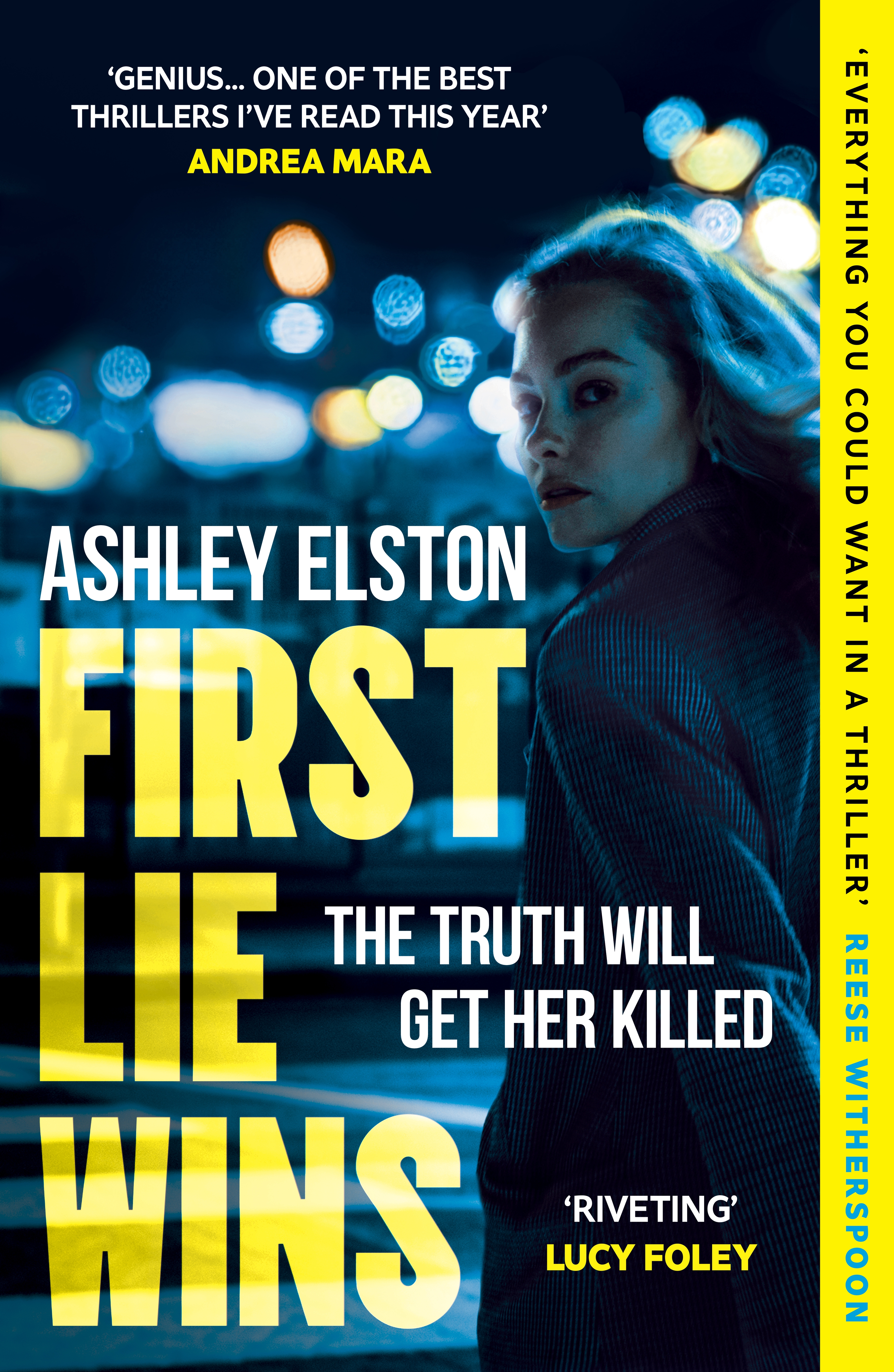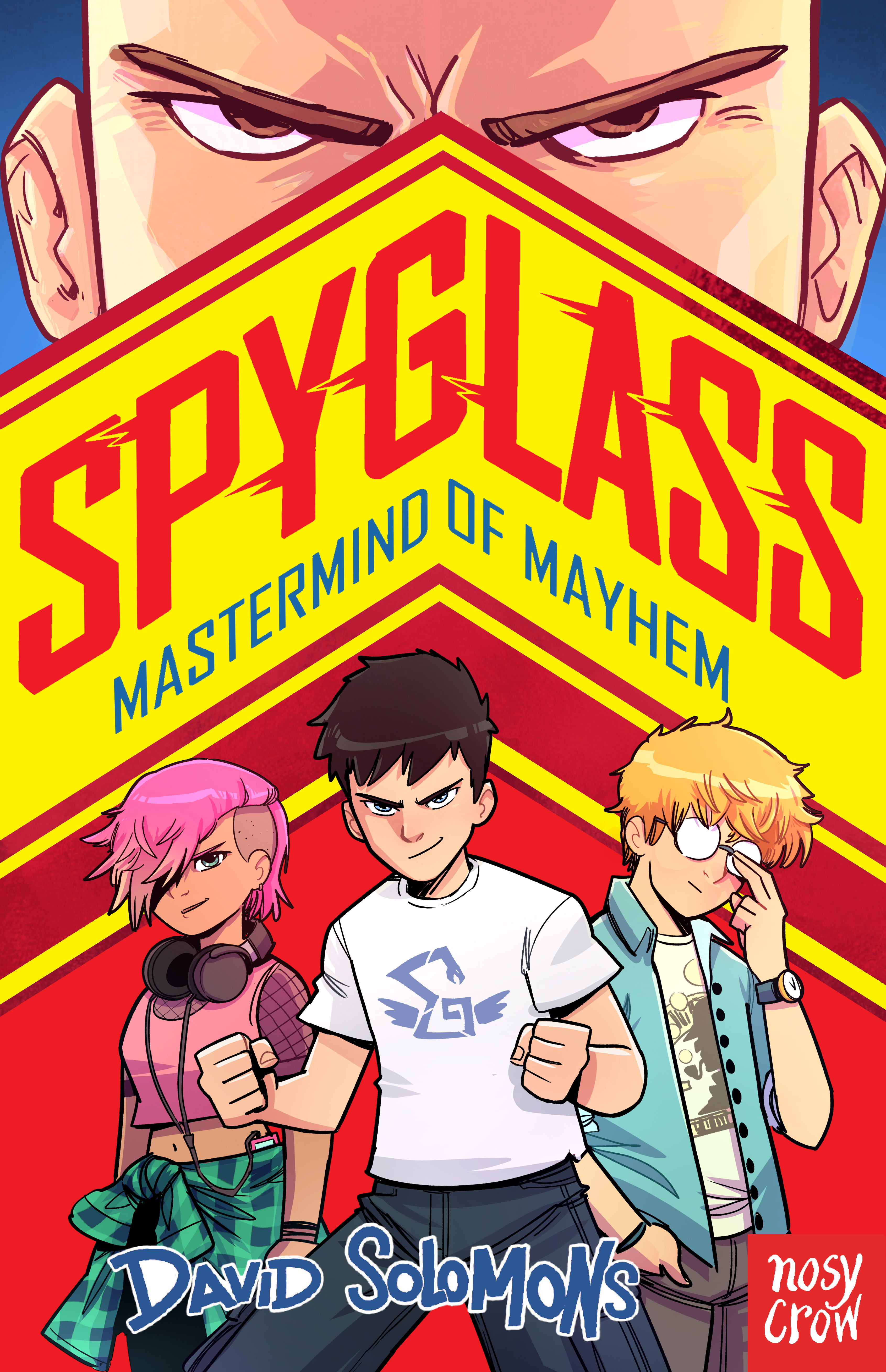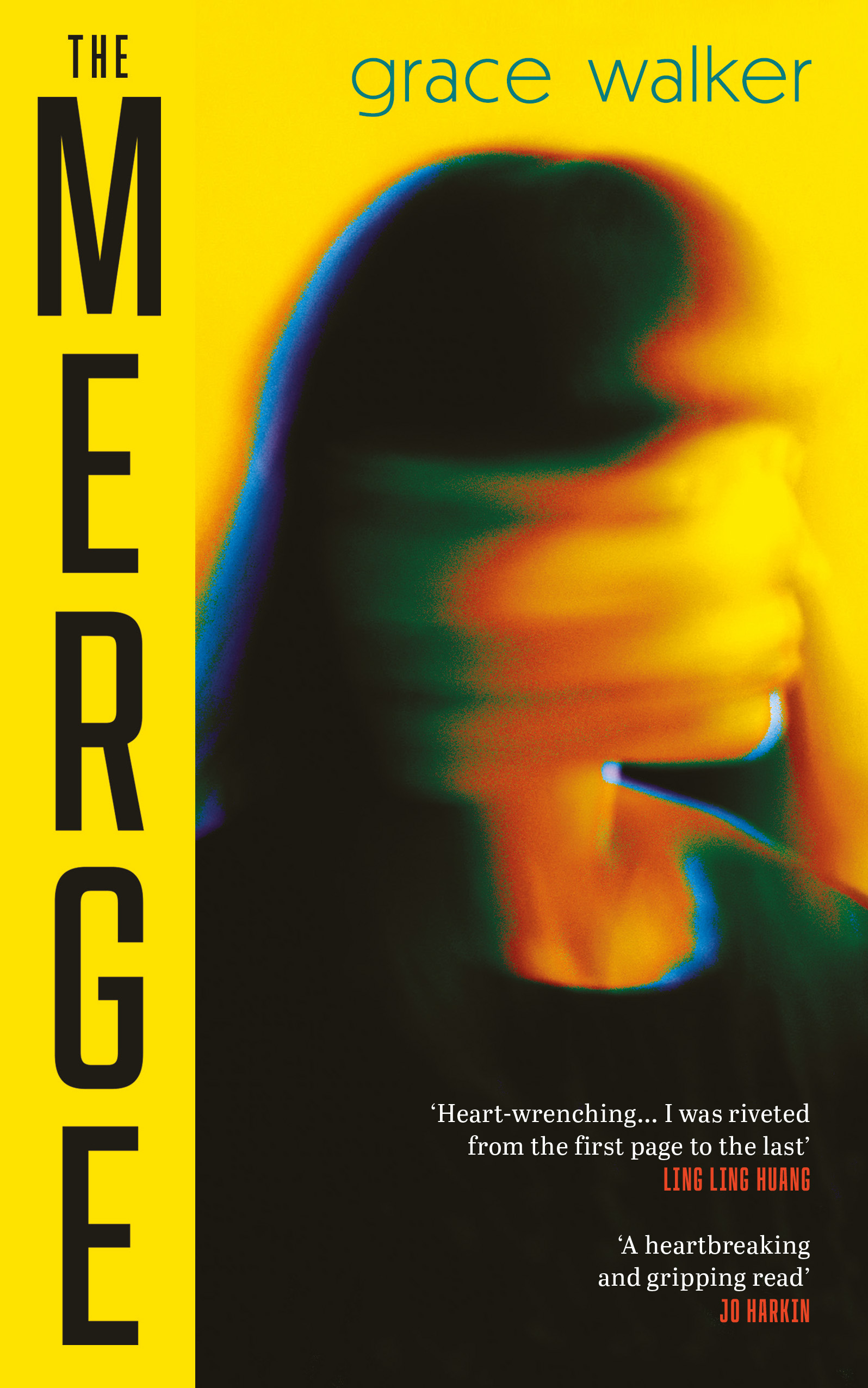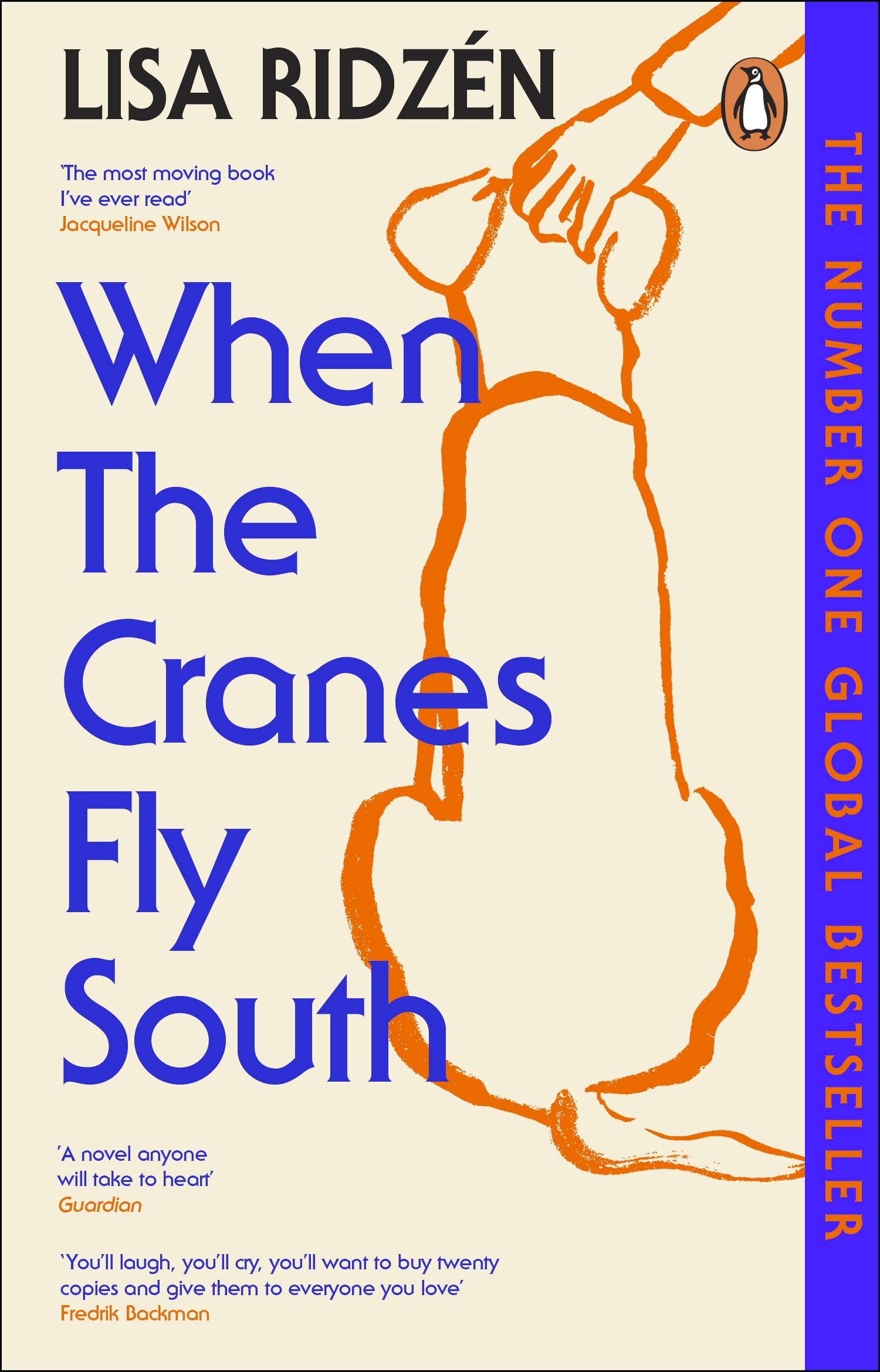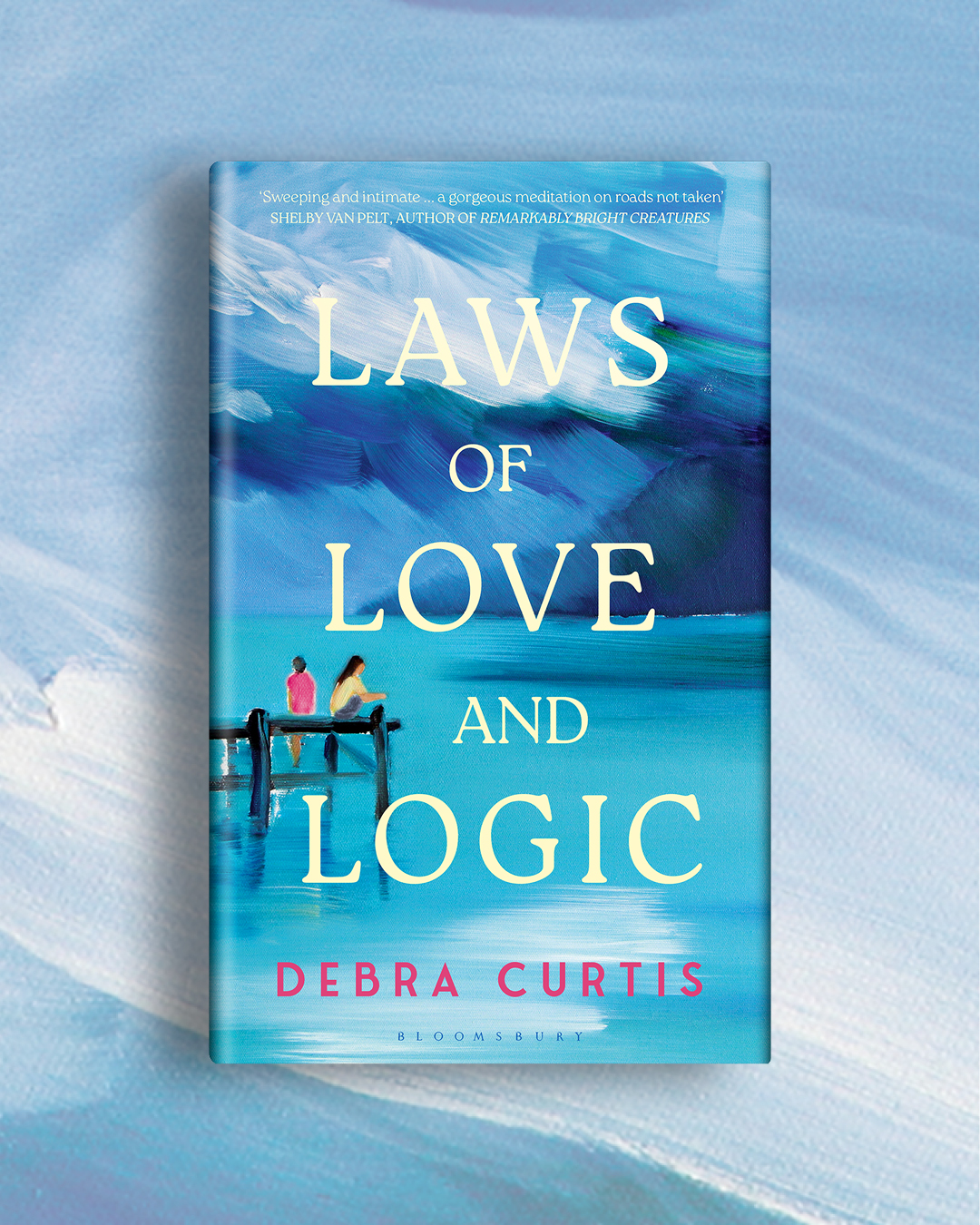Clara's Tale

As seen:
By Pierre Péju, and and, Euan Cameron
avg rating
1 review
Paul, the son of a Resistance fighter murdered in mysterious circumstances, meets Clara on an exchange trip to Bavaria in the 1960s. He is enthralled by the beautiful and self-possessed young woman and her fascination with photography, but as their relationship deepens he learns more about the tragedy that haunts her.
As their paths cross and intertwine in often unexpected ways over the years they each fulfil their own ambitions – Paul becomes a sculptor, she a photographer – but in their work, as in their lives, neither can escape the legay of horrors committed before their birth.
TweetReviews
St Just Monday Morning Reading Group 20th May 2024.
Clara’s Tale. Pierre Peju.
This was a very troubling book to read, and not all of the group felt able to persist beyond the horrific second chapter.
Of those who did, some found it on balance a ‘curate’s egg’ – some of the scenes depicted being very vivid and convincing, but the characters in general were thought to be ‘types’, particularly Clara and Paul, and did not always engage the reader. The philosophical elements of the book were not universally appreciated. Nor did everyone entirely understand the juxtaposition of the events in Ukraine during the war and those in France afterwards; was Paul’s career in sculpture something that arose out of the war, or not?
Other readers were more impressed, finding it thought provoking and very beautifully written, this despite it being a translation. One thought it was a very clear exposition of the passing down of war trauma to the next generation. We talked about this issue, and whether the book was ‘anti-German’ or not, there being so many illustrations and analogies of a dark, dreadful Germany hidden underneath a cheery bucolic image. The general consensus was that the horrific nature of Naziism, as depicted so graphically in this book, is hard to forget about or ignore. We also talked about the repression of the memory of war experiences and atrocities, and noted that this book provides a good explanation for why this happened to people: at the time when the traumatised victims needed to talk to someone about their experiences, there was simply no one to listen; everyone had too many problems of their own. The mass scale of such trauma made it impossible to deal with individuals’ issues.
One reader thought that the book had a very French feel to it, reflecting the preoccupations of the lycée students: the importance of the top class there and the philosophical discussions they have, as well as the role of Paul’s sculpting mentor, a charismatic character whose betrayals of his friends are excused by his nature. A good portrait of adolescence and its aftermath, she commented, though the ultimate aim of the book was confusing.
The fairy-tale element of the book interested several readers – one thought it very clever to use this as prologue and epilogue; and another wondered whether Paul and Clara were the two children concerned.
The descriptions of how drawing and sculpting happen appealed to one reader; another found these elements a bit repetitive.
A readable book, most agreed, containing a lot of different issues, and dealing with the lurking memories which probably continue to haunt many families today.
